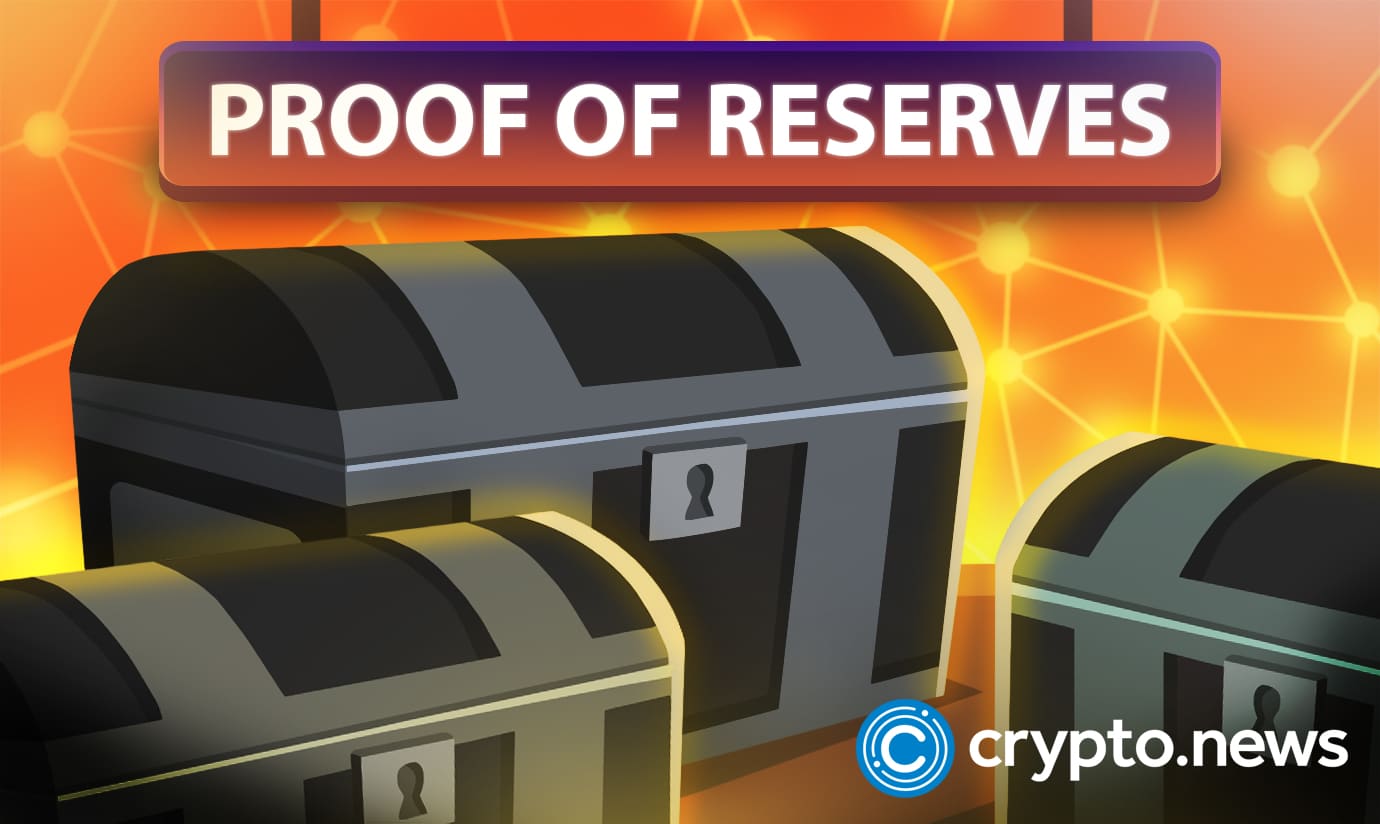The proof of reserves debacle; unbundling the facts from the fiction

Since the inception of crypto, fear, uncertainty, and doubt have been an integral part of every crypto enthusiast’s journey. The recent crypto exchanges’ bankruptcies contributed to making matters worse. This is where Proof of Reserves (PoR) comes in. PoRs are supposedly meant to restore the public’s faith in crypto exchanges. The timing couldn’t be more right to dig deeper and understand whether PoRs are reliable for verifying a crypto exchange platform’s financial well-being.
What is PoR?
Proof of Work was the pioneer and is well known. Proof of Stake has been making waves as a possible replacer, becoming the go-to consensus protocol. But what does PoR entail? What about its origins?
PoR is quite simply a verification done to ascertain that a platform’s held assets match the value of what its users have deposited within it. A third party always does the audit. The aim is to ascertain that if any depositor wishes to withdraw their assets, they’re guaranteed to get them out.
The origins
While it has predated the blockchain world for centuries, its broad adoption of cryptos recently gathered steam. Following the global post-covid crypto bear market conditions, there was an urgent need to provide guarantees to investors.
Without it, confidence in cryptos had been waning, more so stablecoins which were suddenly unable to maintain their pegs to reserve assets. For the Tether blockchain to maintain a peg of, say, 1 TETH to 1 USD, it must have as many dollar reserves as all its investors’ assets. Below are some of the stories making rounds, as well as their verifications and corrections where needed.
Generating your Merkle tree equates to PoR
At the center of PoR is the Merkle tree. It’s a private and friendly data structure that captures all client balances. Many have held that by generating their Merkle tree to verify their balances, they are running a PoR.
Fact or fiction?
While the Merkle tree is indeed central to PoR, it doesn’t quite work like that. First, it must be done by a third party which is neither the investor nor the platform’s development team.
Second, the auditor generates a Merkle tree that captures the entire platform’s balances, not just that of one user or investor. By definition, PoR proves the reserves of the whole platform or firm, not that of a single user.
Publishing all exchange and wallet addresses is PoR
Wallets are essential in verifying the cover of a platform’s reserves for deposits held by investors. And that’s largely thanks to the fact that the deposits to be compared with the platform’s reserves are either in users hot & cold wallets or in liquidity pools within exchanges. So indeed, publishing all exchange and wallet addresses translates to PoR.
Fact or fiction?
At the core of PoR are two things; the first is the value of all reserves held by the platform. The other is the value of all user deposits, mainly in liquidity pools and wallets. The two should match to authenticate that the reserves can cover the deposits.
But publishing exchanges and wallet addresses doesn’t do that. The reserves bit must be authenticated. Besides, even without having the addresses, as would be the case in privacy coins, there is still another way to verify the total deposits held. The platform can estimate from its blockchain the total volume of coins minted and then omit any volume of coins burned as a way to tackle inflation. From there, the platform’s reserves must be verified and compared to the deposits to authenticate their covering ability.
An official statement by a trusted third party regarding solvency is PoR
The popularity of PoR has been mainly driven by the solvency issues that tackled significant blockchains. The most notable was the collapse of Luna and the Terra blockchain.
Its solvency problems were primarily driven by its inability to cover its users’ deposits using its reserves, having burned through them and resigned to its tragic fate. Would a verified statement from a trusted third party regarding the solvency state of a platform translate to PoR?
Fact or fiction?
Solvency is the ability of a firm to meet its long-term debt and other financial obligations via the cover of its assets. It’s a solid indicator of a platform’s financial health since it demonstrates the ability to meet future operational responsibilities. It is calculated by subtracting the liabilities (user deposits) from assets (platform’s reserves), a PoR calculation.
But a statement from a trusted third party regarding a platform’s solvency could be very many things and may or may not translate to PoR. For starters, if it’s the solvency ratio in question, it’s more interested in Net income and depreciation as a percentage of total liabilities rather than the reserves (assets) cover, so it isn’t PoR.
Second, different industries have different accepted solvency and solvency ratios, so contexts must be put in place. A crypto exchange and a blockchain firm may have a similar solvency figure when announced by the same trusted third party. Their ability to cover their users’ deposits using their reserves may, however, be very different, and one of them may have a robust PoR verification while the other is in the doldrums.
Takeaway
The discussions on PoR may have come at a perfect time, especially given predictions on further interest rate hikes, the cause of crypto troubles. Binance has developed a tool to help verify PoR that aids users in generating a Merkle tree. It provides a summation of balances and aims at increasing transparency.
Questions have been raised regarding the self-generated audit rather than one done by an external auditor to plug instances of foul play. That’s something the article agrees on, which the CEO of Binance does, too, and has hinted at onboarding auditors later on. Until then, it’s a half-completed process and thus not fully PoR.
















